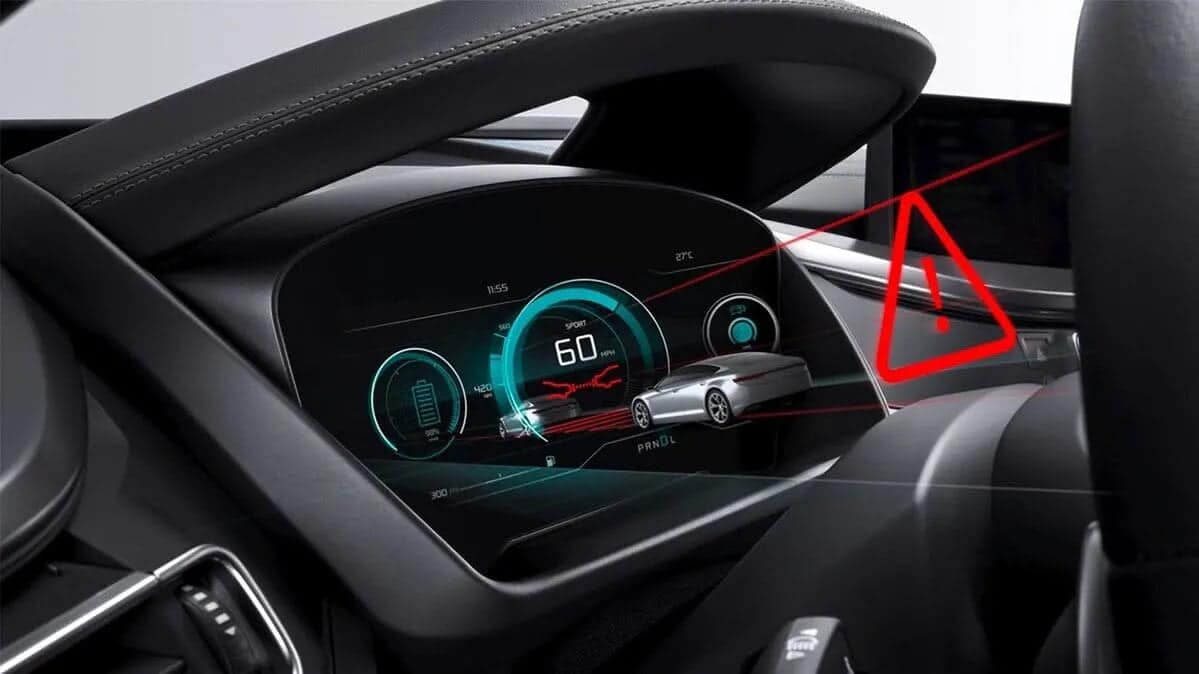If you are planning to buy a new car in the next two or three years, it is likely that your next trinket will be very different from what you are driving today.
It's not just about electrification and automation. Consumer Reports predicts that a host of new technologies will transform almost all cars of the future on the road. It takes a few years to find yourself in huge screens, improved connectivity, reinvented security technology and interior that you might find in a first-class airline cabin.
I'll tell you some news about the next cars of the future, so decide whether to ignore them or keep your car for a few years to wait for them.
Wide, seamless screens with bright colors.
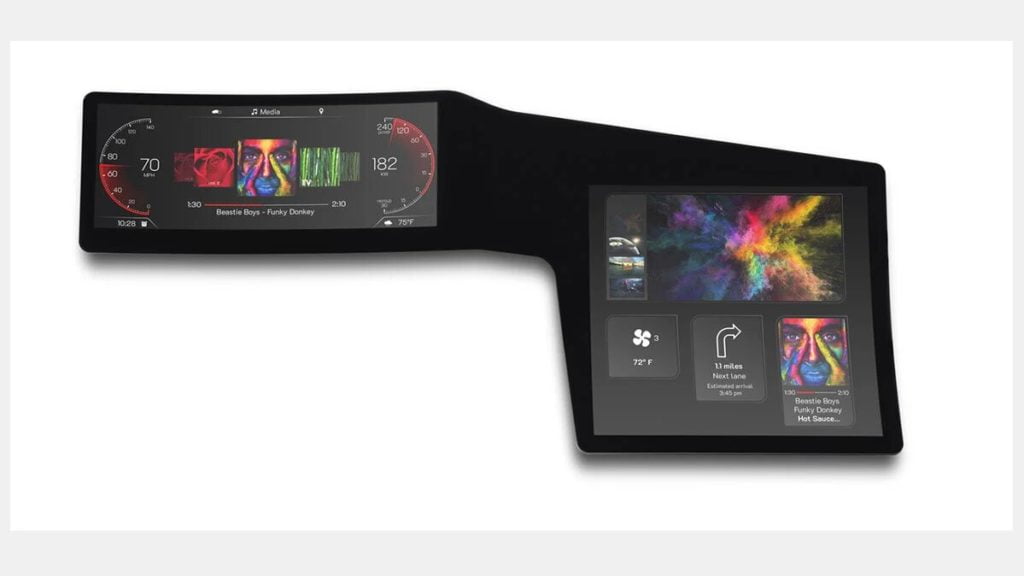
“What's happening to displays is they're getting bigger, curved, and more numerous,” says James Fisher, spokesman for visteon, an automotive supplier that manufactures screens and other infotainment technologies for manufacturers such as Ford, Jaguar Land Rover and Mercedes-Benz.
In addition to the brighter and easier to read displays, the next generation of luxury vehicles will have screens that curve (even outside!) to surround the driver. Folding center console displays, which can face both the driver and passenger, are also in development.
“Despite the wow factor, consumers don't necessarily want bigger, fancier screens,” says Tom Neri, commercial director of technology and durable goods of GfK, a market research firm.
Neri says that many consumers prefer simpler and easier-to-use interfaces while driving, and a GfK survey shows that 51% of people find high-tech interfaces too distracting. CR owner satisfaction surveys show that only 56% of members said they were very satisfied with their car's infotainment system, which also underscored concern for on-board technology.
The car watches over you
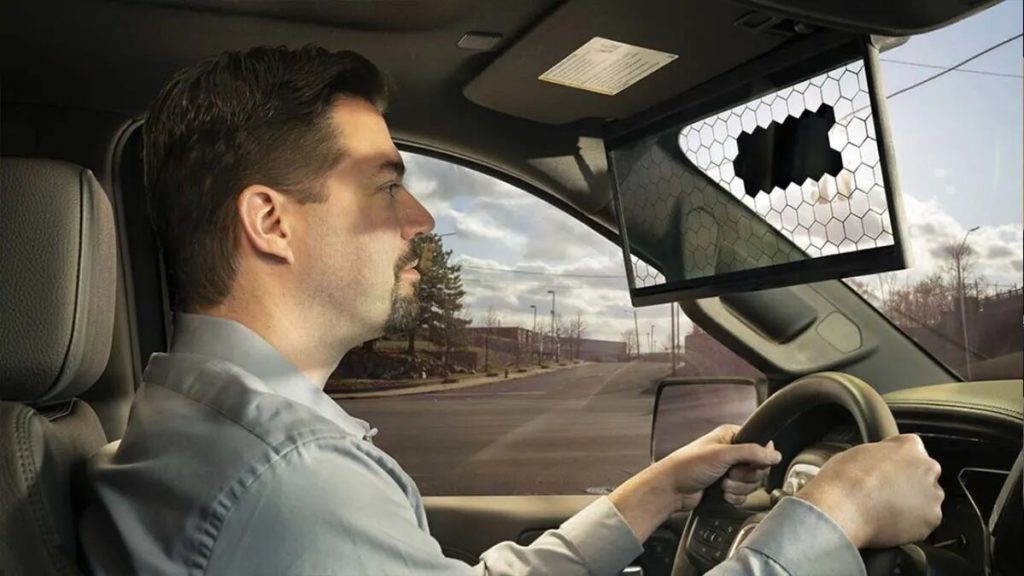
Your near-future car will watch you as you drive to make sure your eyes are looking at the road. These technologies will likely come in response to new rules adopted in the EU requiring new cars equipped with technology to warn drivers of drowsiness or inattention.
Automotive supplier Bosch, for example, has promised an in-car monitoring system that can determine eyelid movements, gaze direction and sitting position. It will warn drivers when they are not paying attention, optimize airbags based on how a vehicle's occupant is positioned and set off alarms if a child or pet is left behind in the back seat.
Some systems are already on the market, but some don't work very well. “Driver monitoring is particularly important in cars where you can activate certain driver assistance features, such as lane-keeping assist, adaptive cruise control and active driving assistance, by pressing a button and essentially delegating some control of the vehicle,” he said Kelly Funkhouser, head of autonomous and connected vehicles at Consumer Reports.
Anticipate accidents
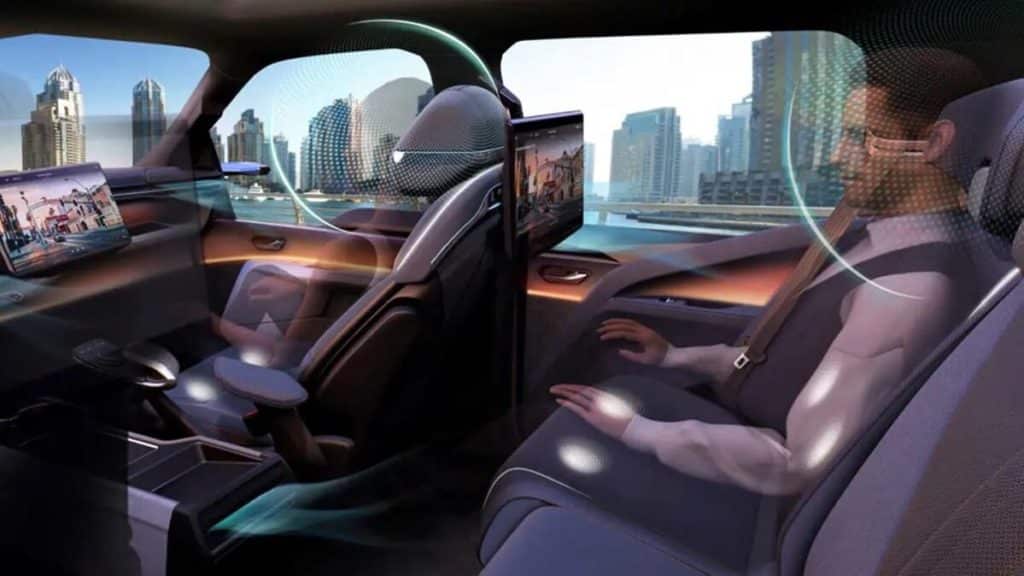
Car manufacturers and suppliers are developing even more sophisticated technology to help cars and drivers understand if an accident is about to happen and to take action to prevent it.
Visteon and Bosch plan to market 3D displays for the steering wheel. These screens filled with digital gauges will issue real-time safety updates, such as warnings of imminent frontal collision, that grab the driver's attention.
Drivers can turn off the 3D display if they wish. Genesis, Mercedes-Benz and the French car manufacturer Peugeot already offer this function on some cars.
Continental and Faurecia have developed several cleaning systems for obstacle detection sensors and cameras, pedestrians and other vehicles. They are designed to combat snow, ice and other climate-related problems that can block or obscure sensors and cameras.
And then there are the most important sensors of all: the driver's eyes. Bosch developed what it calls a “virtual parasol” concept: A transparent LCD display that uses eye detection cameras to block exactly where the sun's rays interfere with the driver's vision. It could provide a real safety advantage. According to a 2017 study published in the journal Medicine, the risk of a fatal accident is 16% higher during sunlight than in normal daylight.
Less speakers, more space, same sound
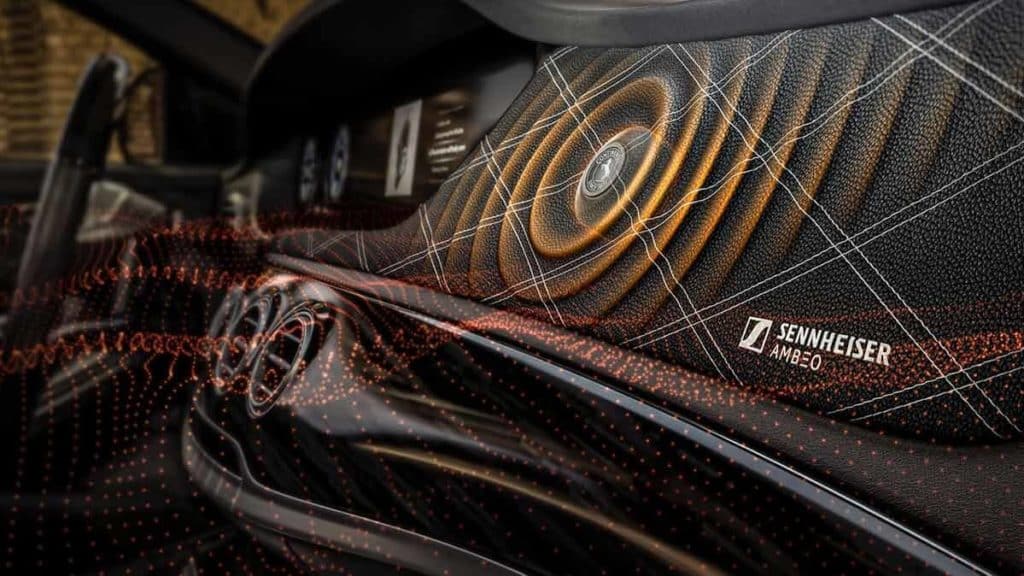
Audio systems with multiple speakers take up a lot of space that could be used for something else. Continental e Sennheiser they created a car audio system that completely eliminates speakers. Instead, the sound system sends vibrations directly to parts of the vehicle's cabin to create sound, similar to the way an acoustic guitar resonates when a string is plucked.
Continental says the new system can use 90 percent less space than a traditional car audio system, a space that can be repurposed for objects or other equipment.
Faurecia, a company that makes automotive interiors and infotainment technology, has developed speakers that can create individual sound zones inside a car. In other words, the driver can listen to the news or answer a phone call while a passenger listens to music.
The company spokesperson, Misty Matthews, says this could be particularly useful for ride-share services or carpooling. Each passenger can choose what to listen to. Or it might come in handy if the kids in the back want to listen to different music than the parents.
Hotel-level comfort
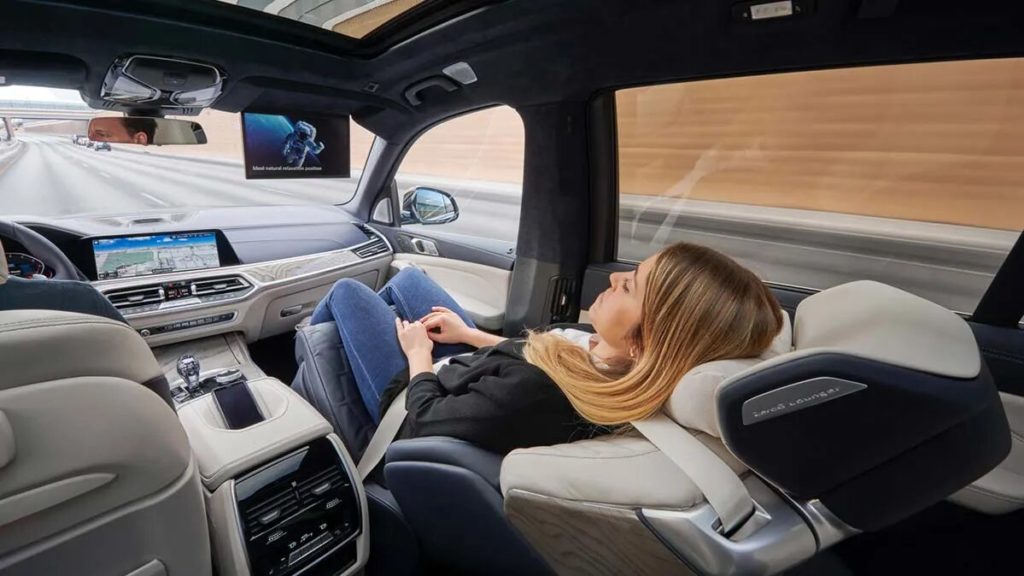
Many more cars of the future will get comforts like leather seats, heated and cooled seats and even optional massage functions.
“Luxury seating is very much ready to move to less expensive vehicles, and in some ways it already is.”. He stated it Colin giles, technical research analyst at IHS Markit.
These services are not limited to the driver's seat. BMW showed two luxurious passenger seat concepts at the technology show CES 2020 of this year. They could show the trends that high-end automakers are headed toward.
The BMW Urban Suite concept removes the i3 EV's front passenger seat. In its place, an armchair and footstool in the back, as well as additional storage and a small desk space.
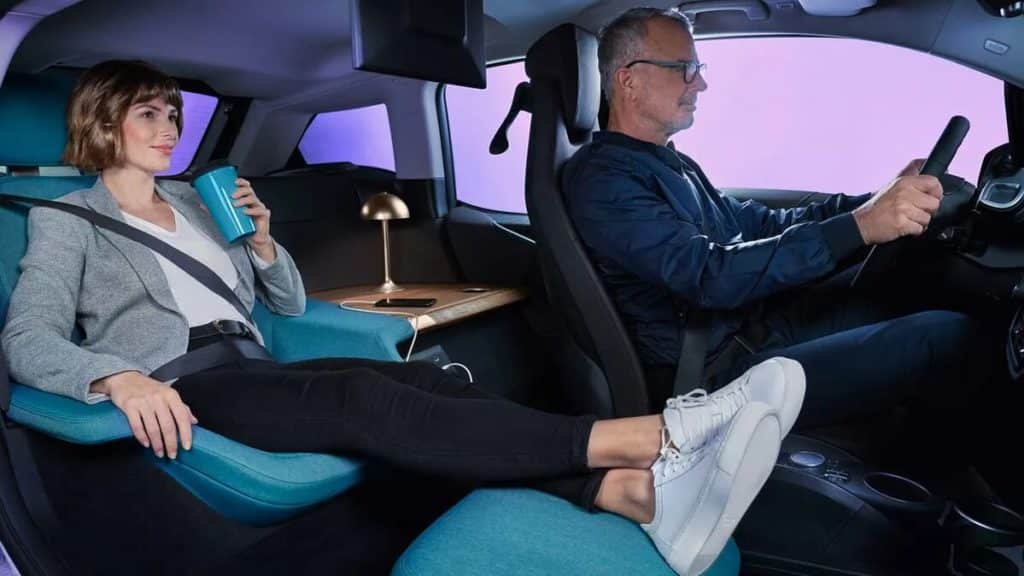
It looks like a first class seat on a luxury airliner. The ZeroG cot it is instead a "flat" seat that can raise the passenger's legs to evenly distribute pressure across the entire body. It may be available as an option on the X7 SUV in the near future.
In summary? The car of the future is more enveloping, interactive and proactive than ever. Don't just call it a means of transport.
